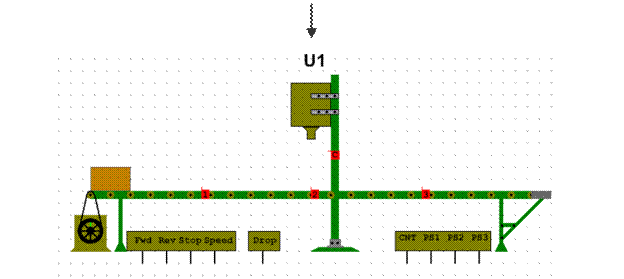The structure of a lesson. General regularities
The main stages are practically the same as those of skill formation.
v The introductory stage (организационный) v The stage of presentation (ознакомления) v The stage of practice v The stage of performance v The concluding stage (завершающий этап)
The introductory stage Ø Greeting the students, ensuring order, checking attendance, announcements, etc/ Ø Presenting the goal of the lesson (explaining the goal directly is the only possible strategy, it must be personal meaningful for the person) § As a game to be played (at pre-school level or first-form level) § As skills to be acquired (at the remaining levels) § As a warming up activity (речевая зарядка) § As a brainstorming activity § As a solution of an intellectual challenge (Labour we delight in physics pain. – cures) § As a passing remark, a joke, a maxim, a paradox § As an allusion to a familiar book or a film, etc.
The stage of presentation This stage may sometimes merge with the introductory stage. For instance, with the Past Perfect. Or sometimes presentation may come a little later after the so-called phonetic drill as part of practice. It comes before presentation if the latter is brief and mostly conducted in English, and after if the latter involves a lot of Russian for comparative analysis. Sometimes presentation may even come in the middle of a lesson. For example before introducing special questions we may review the use of general questions in a couple of drills. Phonetic drill may be multi-functional – besides pure sounds and intonation we may work at memory, logic and various intellectual operations (selection, classification, re-arrangement), grammar choices, communicative choices, etc. if they do not increase the language difficulties.
Presentation should:
The stage of practice
v The sequencing of tasks depends on the learners’ level, it can even start with the link 4 in advanced groups v Simulation drills are useful, but whenever possible offer authentic motivation and make them truly communicative, without additional language challenges (why do you think it was Bill who took the money?) v Never end the class with mechanical pseudo communication. Simulation is OK, but if it is intellectually or emotionally satisfying
The stage of performance
It is advisable not to impose tasks on the learners, but to give them whenever possible a variety of issues. Not only the language accuracy, but appropriacy and logic. React to what you hear not only as a teacher, but also as a friendly listener.
The concluding stage
Sums up the results of the lesson. The teacher tries to elicit information from the earners about what they have learnt as they see it, and sometimes may comment. Give them the home task. It should be written on the blackboard and a typical difficulty must be analyzed in class. You give them grades. They should be motivated.
The 3 indispensable stages are the opening and concluding ones, practice
13/10/2010
|




